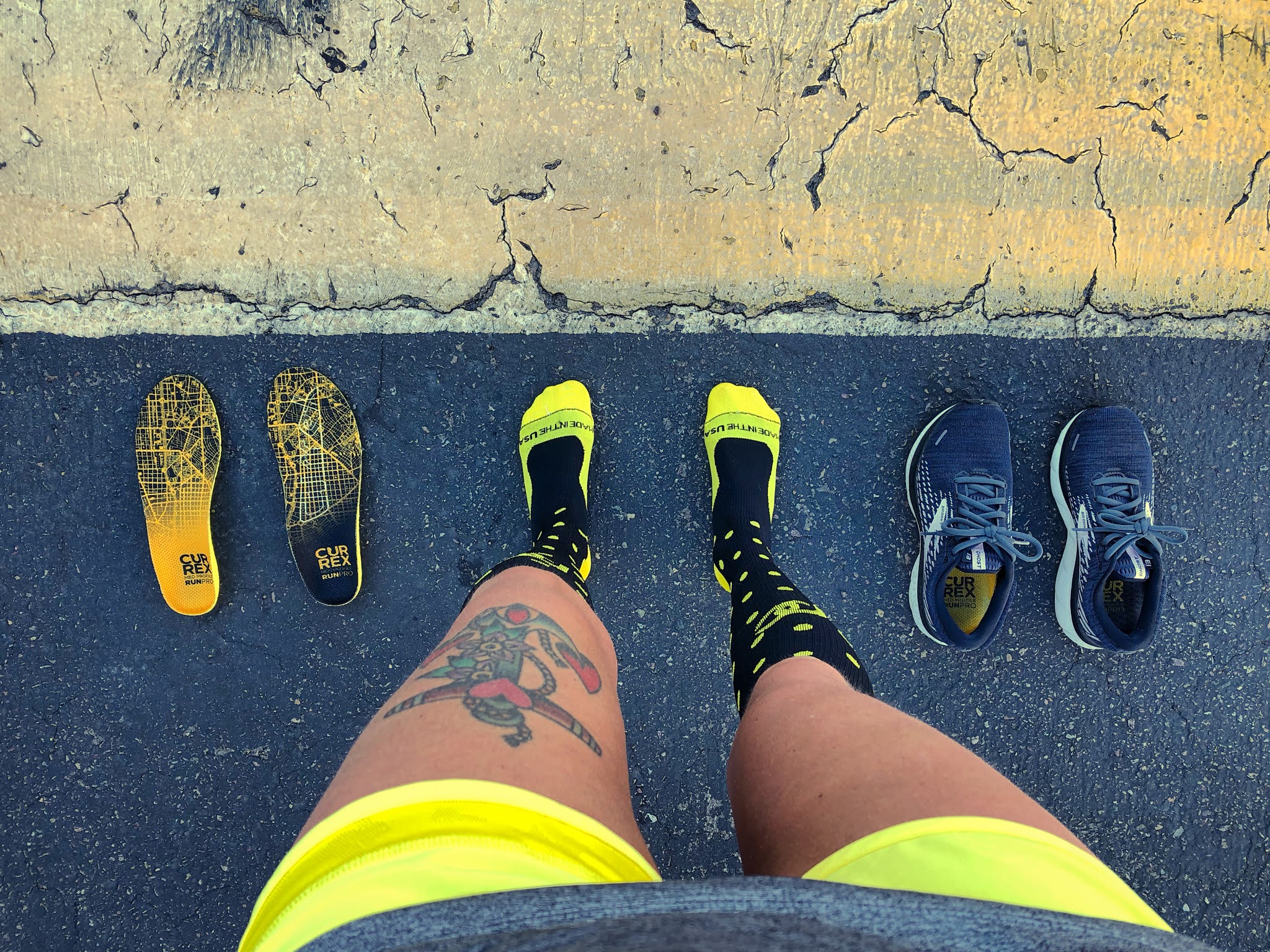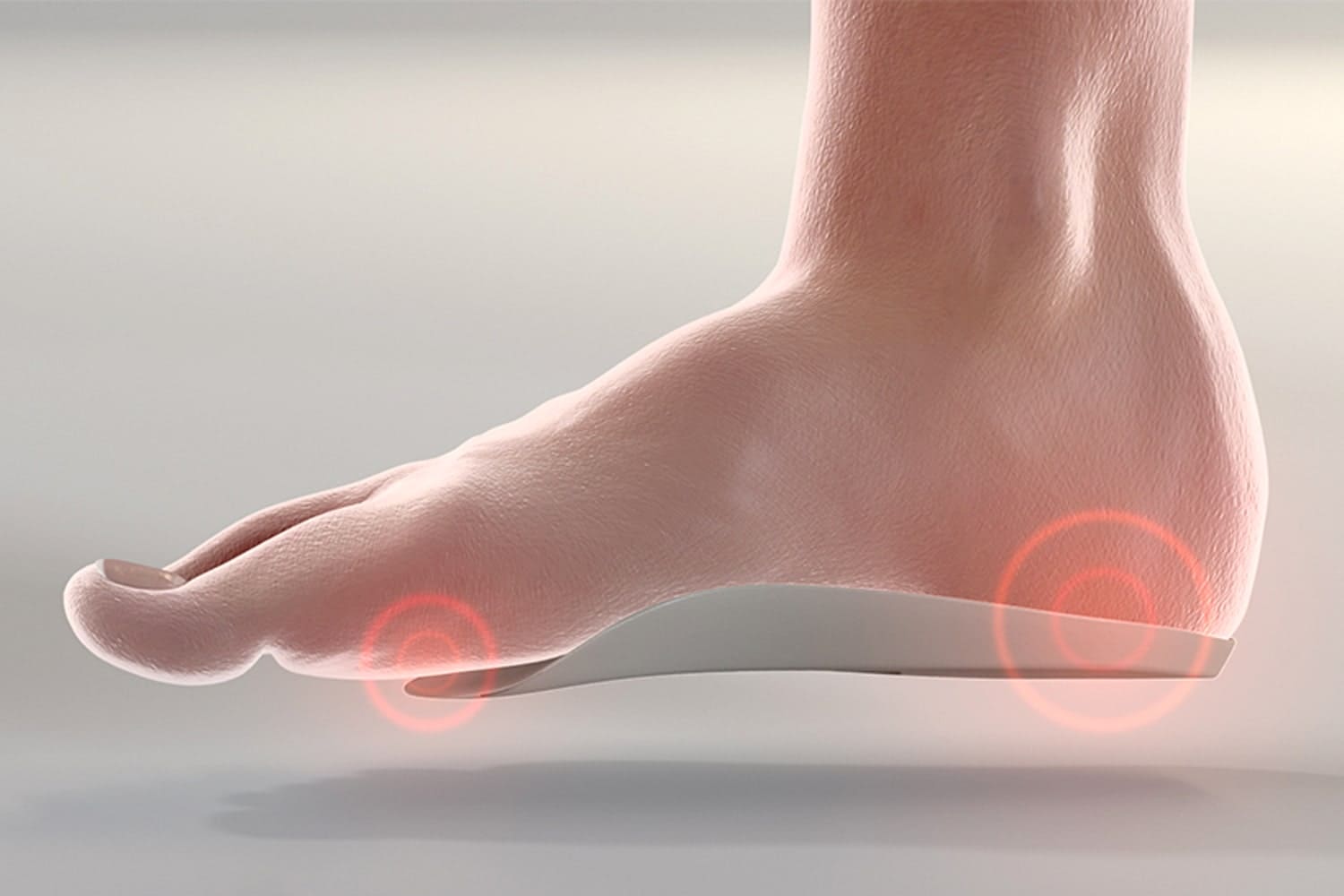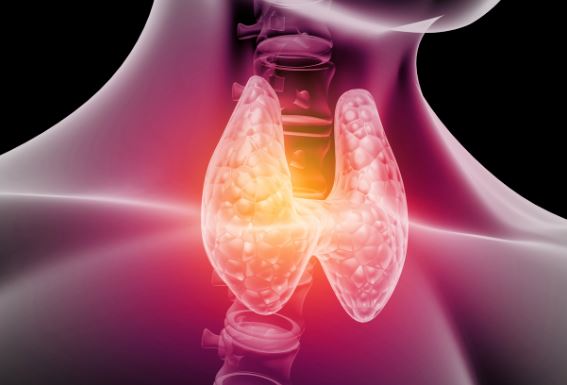Unlock the secrets to maintaining healthy foot arches with our comprehensive guide, “In Step with Support: A Guide to Healthy Arches.” Discover essential tips, exercises, and the best footwear to keep your feet happy and healthy.
Introduction to Healthy Arches
The foundation of every step lies in the arches of our feet. Acting as natural shock absorbers, our arches play a pivotal role in our balance and overall mobility. Understanding the structure and importance of maintaining healthy arches is essential for anyone looking to live an active, pain-free life. This segment delves into the basics of foot arch anatomy and the critical role arch support plays in our daily lives.
Table of Contents
The Science Behind Foot Arches
The science behind foot arches is both fascinating and integral to understanding how our bodies balance and move. Our feet, often overlooked, carry the brunt of our body weight and serve as the foundation for our mobility. The arches of the feet play a critical role in this process, acting as natural shock absorbers and providing the leverage needed for movement.
There are three main types of arches in the human foot: the medial longitudinal arch, the lateral longitudinal arch, and the anterior transverse arch. The medial longitudinal arch is the most prominent and is what most people refer to when talking about their foot arch. It runs from the heel to the forefoot along the inside of the foot and is essential for absorbing the impact of each step.
The structure of the foot arch is supported by a complex system of bones, ligaments, and muscles. The plantar fascia, a thick band of tissue that runs along the bottom of the foot from the heel to the toes, plays a significant role in maintaining the integrity of the arch. The bones, particularly the tarsal and metatarsal bones, create the arch’s shape, while the ligaments and muscles provide support and flexibility.
The functionality of foot arches extends beyond shock absorption. They also:
- Distribute Body Weight: The arches help distribute body weight across the feet and legs, ensuring stability and balance.
- Provide Leverage: As the foot arch flattens and rises with each step, it provides the leverage needed for propulsion. This movement is crucial for walking, running, and jumping.
- Adapt to Different Surfaces: The flexibility of the arch allows the foot to adapt to varying surfaces, helping to maintain balance on uneven ground.
The health of our foot arches is vital for overall well-being. Poor arch support can lead to a host of issues, including plantar fasciitis, Achilles tendinitis, and even knee, hip, and back pain. Understanding the importance of supporting our foot arches through proper footwear, exercises, and, when necessary, orthotic devices, can prevent these issues and promote better movement and stability.

How to Determine Your Arch Type
You can identify your arch type at home using the wet test:
- Wet your feet: Lightly wet the bottom of your feet with water.
- Step on a surface: Step onto a flat surface that will show your footprint, such as a concrete walkway or a piece of heavy paper or cardboard.
- Examine your footprint: Look at the imprint your feet leave behind. A complete imprint indicates low arches, a very narrow connection between the heel and forefoot suggests high arches, and a moderate curve denotes a normal arch.

In Step with Support: A Guide to Healthy Arches
Understanding the Importance of Arch Support
The foundation of good foot health starts with proper arch support. Our arches do more than just prop up our feet; they absorb shock with every step we take, distribute our body weight across our feet and legs, and help us adapt to uneven surfaces. Neglecting arch support can lead to discomfort, pain, and injuries not just in the feet but throughout the body’s musculoskeletal system.
Selecting the Right Footwear
One of the most straightforward steps you can take to support your arches is choosing the right footwear. Shoes that provide adequate support can help prevent a plethora of foot-related problems. When shopping for shoes, look for:
- A firm heel counter to provide stability.
- Adequate arch support that matches your arch type.
- Enough room in the toe box to move your toes freely.
- Cushioning that absorbs impact.
Custom Orthotics: A Personalized Approach
For those with specific needs that off-the-shelf shoes cannot meet, custom orthotics offer a personalized solution. These devices are crafted to fit the unique contours of your feet and provide support where it’s most needed, enhancing comfort and function. Consultation with a podiatrist can determine if custom orthotics are right for you.
Exercises for Arch Health
Strengthening and stretching exercises can enhance arch support, improve flexibility, and reduce pain. Incorporating simple exercises into your daily routine can make a significant difference. Consider the following:
- Toe curls and extensions to strengthen the muscles in your feet.
- Heel raises to fortify the Achilles tendon and the muscles around your arch.
- Arch lifts where you attempt to raise your arches while keeping your toes and heels on the ground.
Dealing with Common Arch Problems
Common issues such as plantar fasciitis, flat feet, and arch strain require targeted approaches for relief and prevention. This includes rest, ice, compression, and elevation (RICE), using supportive footwear, and, in some cases, physical therapy. Early intervention is key to preventing more severe problems.
The Role of Shoes in Arch Support
The role of shoes in arch support is a critical aspect of foot health, comfort, and overall body alignment. Arch support in shoes is designed to accommodate, support, and enhance the natural structure and function of the arches of the feet. These arches are key to absorbing impact, distributing weight, and aiding in movement. There are several ways in which shoes play a role in supporting the arches:
- Preventing Foot Pain and Injuries: Shoes with proper arch support can help prevent common foot problems such as plantar fasciitis, flat feet, and overpronation. By providing a supportive base, these shoes can alleviate stress on the plantar fascia, a thick band of tissue that runs across the bottom of the foot and supports the arch.
- Enhancing Comfort and Stability: Shoes with good arch support can significantly improve comfort, especially for individuals who spend long hours standing or walking. They help distribute body weight more evenly across the foot, reducing pressure points and increasing stability. This can be particularly beneficial for people with high arches or flat feet, who may require additional support to achieve a comfortable and stable gait.
- Improving Posture and Alignment: The support provided by shoes can also play a significant role in promoting better posture and alignment. When the feet are properly supported, it can help align the ankles, knees, hips, and spine, reducing the risk of pain and injury in these areas. This alignment is crucial for maintaining balance and facilitating efficient movement patterns.
- Enhancing Athletic Performance: For athletes, the right shoes with appropriate arch support can make a significant difference in performance. They can help improve foot mechanics, leading to better power transmission, efficiency in movement, and a reduced risk of injuries. Different sports might require varying levels of support, cushioning, and flexibility to match the specific demands placed on the feet and arches.
- Customization and Versatility: With the advancement in footwear technology, many shoes now come with customizable insoles or orthotics that can be adjusted to meet individual arch support needs. This customization is key for addressing specific foot conditions, providing a personalized fit, and ensuring maximum support.
- Material and Design Innovations: The materials and design of shoes also play a crucial role in arch support. Flexible yet supportive materials, ergonomic design, and features like contoured footbeds and reinforced midsoles can enhance arch support. These innovations help in distributing pressure, supporting natural foot movement, and providing cushioning.

Custom Orthotics and Insoles
Importance and Benefits
- Personalized Fit and Support: Custom orthotics are crafted based on precise measurements and impressions of an individual’s feet, ensuring a perfect fit. This personalized approach provides targeted support to the arch, heel, and the rest of the foot, optimizing the distribution of pressure and alignment of the foot.
- Correct Foot Abnormalities: They are particularly beneficial for individuals with foot deformities, such as flat feet, high arches, or other structural abnormalities. By accommodating and correcting these irregularities, custom orthotics can help reduce pain and improve function.
- Alleviate Pain and Discomfort: Custom insoles can significantly reduce pain and discomfort associated with conditions like plantar fasciitis, bursitis, tendonitis, diabetic foot ulcers, and more. They achieve this by cushioning and protecting the foot, reducing stress on affected areas.
- Enhance Athletic Performance: For athletes, custom orthotics can be designed to accommodate the specific demands of their sports, potentially improving power, efficiency, and balance while reducing the risk of sports-related injuries.
- Improve Posture and Body Alignment: By supporting proper foot positioning, custom orthotics can have a positive impact on overall body alignment. This can lead to improvements in posture and may help alleviate pain in the knees, hips, and lower back.
Applications and Considerations
- Material Choice: Custom orthotics are made from a variety of materials, ranging from rigid materials like carbon fiber for structural support, to soft, cushioned materials for shock absorption. The choice of material depends on the individual’s specific needs and the intended use of the orthotic.
- Types of Orthotics: There are several types of custom orthotics, including functional orthotics designed to control abnormal motion and accommodative orthotics designed for cushioning and support.
- Process of Getting Custom Orthotics: The process typically begins with a thorough evaluation by a podiatrist or orthopedic specialist, including a foot examination, gait analysis, and sometimes 3D imaging. Impressions of the feet are then taken to create a mold, from which the custom orthotics are fabricated.
- Adjustment Period: It may take some time to adjust to wearing custom orthotics. Gradual introduction and following the healthcare provider’s advice are important for a comfortable transition.
- Maintenance and Lifespan: Custom orthotics can last several years but may require adjustments or replacements over time due to wear and tear or changes in foot structure.
Exercises for Strengthening Your Arches
Strengthening the arches of your feet is essential for improving foot stability, balance, and overall foot health. Strong arches help prevent injuries, improve your gait, and can alleviate pain. Here are several exercises specifically designed to strengthen your arches and enhance foot function:
1. Toe Curls
- How to Do It: Sit with your feet flat on the floor. Place a towel under your feet. Use your toes to scrunch the towel towards you, then push it away. This motion helps to activate the muscles in your arches.
- Repetitions: Do 2-3 sets of 10-15 curls for each foot.
2. Arch Lifts
- How to Do It: Stand with your feet flat on the ground, shoulder-width apart. Keep your toes on the floor, and lift your arches up while keeping your heels and balls of your feet on the ground.
- Repetitions: Perform 2-3 sets of 10-15 lifts.
3. Toe Splay
- How to Do It: Sit or stand with your feet flat. Spread your toes apart as far as possible without straining, then bring them back together. This exercise improves control over the toe muscles.
- Repetitions: Do 2-3 sets of 10-15 splays for each foot.

4. Heel Raises
- How to Do It: Stand with your feet hip-width apart. Slowly lift your heels off the ground, rising onto your toes. Hold this position briefly before lowering back down.
- Repetitions: Complete 2-3 sets of 10-15 raises.
5. Stair Arch Raises
- How to Do It: Stand on a stair with your heels hanging off the edge. Lower your heels below the level of the stair, then push up onto your toes, raising your heels as high as possible.
- Repetitions: Do 2-3 sets of 10-15 raises.
6. Plantar Fascia Stretch
- How to Do It: Sit down and cross one foot over your opposite knee. Use your hand to gently pull back on the toes of your crossed foot, stretching the arch. This helps relieve tension in the plantar fascia.
- Repetitions: Hold the stretch for 15-30 seconds for each foot, repeating 2-3 times.
7. Golf Ball Roll
- How to Do It: Sit on a chair and place a golf ball (or a similarly sized hard ball) under your foot. Roll the ball back and forth from your toes to your heel, applying gentle pressure to massage your arch.
- Duration: Continue for 2-3 minutes per foot.
Additional Tips
- Warm-Up: Before starting these exercises, it’s a good idea to warm up your feet with gentle stretches or a short walk.
- Consistency: Regular practice is key to seeing improvements, so aim to incorporate these exercises into your daily routine.
- Listen to Your Body: If any exercise causes pain, stop immediately and consult with a healthcare provider, especially if you have existing foot conditions.
Strengthening your arches can lead to improved foot function, reduced risk of injury, and greater comfort during activities. Always approach these exercises with care and gradual progression, especially if you’re new to foot-specific training.
Common Arch Problems and Solutions
1. Flat Feet (Fallen Arches)
- Description: This condition is characterized by the arch of the foot collapsing, which can lead to pain and discomfort, especially during physical activities.
- Solutions:
- Orthotic Devices: Custom or over-the-counter orthotics can provide the necessary arch support.
- Strengthening Exercises: Exercises that strengthen the arches and supporting muscles can improve foot stability.
- Supportive Footwear: Shoes with good arch support and a firm heel counter can help alleviate discomfort.
2. Plantar Fasciitis
- Description: Inflammation of the plantar fascia, a thick band of tissue that runs across the bottom of your foot and connects your heel bone to your toes. It’s often experienced as a sharp pain in the heel.
- Solutions:
- Stretching Exercises: Calf and plantar fascia stretches can relieve tension and pain.
- Orthotics: Inserts that provide proper arch support can reduce stress on the plantar fascia.
- Physical Therapy: A physical therapist can guide you through exercises and treatments to reduce inflammation and strengthen the foot’s muscles.
3. High Arches (Pes Cavus)
- Description: A condition where the foot has a very high arch, which can lead to excessive weight being placed on the ball and heel of the foot when walking or standing.
- Solutions:
- Cushioned Footwear: Shoes with cushioning and arch support can help distribute pressure more evenly.
- Orthotic Devices: Custom orthotics designed to support the high arch and absorb shock can mitigate discomfort.
- Physical Therapy: Exercises to strengthen and stretch the foot and ankle muscles can improve stability and reduce pain.
4. Arch Strain
- Description: Stress and inflammation of the muscles and ligaments that support the arch, often due to overuse, improper footwear, or a sudden increase in activity.
- Solutions:
- Rest and Ice: Taking a break from activities that cause pain and applying ice to reduce inflammation are immediate steps to relieve symptoms.
- Compression and Elevation: These can help reduce swelling and support the healing process.
- Proper Footwear: Shoes that fit well and offer adequate support are crucial in preventing further strain.
5. Posterior Tibial Tendon Dysfunction (PTTD)
- Description: A condition where the tendon responsible for supporting the arch becomes inflamed or torn. It’s a common cause of flat feet in adults.
- Solutions:
- Orthotics and Braces: These can support the arch and take stress off the tendon.
- Physical Therapy: Strengthening and flexibility exercises can help restore function and reduce symptoms.
- Surgical Options: In severe cases, surgery may be necessary to correct the position of the foot and restore function.
General Tips for Managing Arch Problems
- Weight Management: Maintaining a healthy weight can reduce the pressure on your feet and alleviate pain.
- Choose the Right Shoes: Footwear that provides adequate support and fits well is crucial in managing and preventing arch problems.
- Regular Foot Assessments: Regular check-ups with a podiatrist can help catch issues early and prevent them from worsening.
Professional Care for Your Arches
Sometimes, professional intervention is necessary to address foot arch issues. Learn when it’s time to see a podiatrist and how physical therapy can aid in the recovery and maintenance of healthy arches.
Nutrition and Lifestyle for Healthy Arches
Podiatrist Visits
- Diagnosis: Podiatrists specialize in diagnosing foot problems through physical examinations, gait analysis, and imaging tests like X-rays or MRIs.
- Custom Orthotics: Podiatrists can prescribe custom orthotics designed to support your arches and correct any misalignments or abnormal foot mechanics.
- Footwear Recommendations: They can recommend shoes that provide the proper support and fit for your foot type and activity level.
- Treatment Plans: For conditions such as plantar fasciitis, flat feet, or high arches, podiatrists can develop comprehensive treatment plans that may include exercises, stretches, and possibly surgical options if necessary.
Orthopedic Surgeons
- Surgical Interventions: For severe cases of arch-related issues that don’t respond to conservative treatments, orthopedic surgeons can perform surgeries to correct structural problems, repair tendons, or realign bones.
- Post-Surgical Care: They provide guidance on recovery, including physical therapy protocols to ensure proper healing and rehabilitation.
Physical Therapists
- Rehabilitation Programs: Physical therapists can create personalized exercise programs to strengthen the muscles supporting the arches, improve flexibility, and reduce pain.
- Manual Therapy: Techniques such as massage, mobilization, and manipulation can help relieve pain, improve movement, and support the healing process.
- Gait Training: They can analyze and correct your walking pattern to reduce stress on your arches and improve foot function.
Additional Professional Care Options
- Orthotists: Professionals who specialize in the design and fabrication of orthotics and braces to support the arches and improve foot function.
- Sports Medicine Specialists: For athletes, these specialists can provide guidance on preventing arch-related injuries and optimizing performance through proper footwear and training techniques.
Importance of Professional Care
- Accurate Diagnosis: Understanding the exact cause of your arch pain or discomfort is crucial for effective treatment.
- Personalized Treatment: Professional care ensures that the treatment plan is tailored to your specific condition, lifestyle, and goals.
- Prevention of Further Injury: By addressing arch issues early and correctly, you can prevent further damage and avoid chronic foot problems.
- Holistic Approach: Professionals can offer a comprehensive approach to care, considering not just the symptoms but also the underlying causes of arch problems.
Success Stories: Before and After
Success Story 1: Overcoming Flat Feet
Before: John, a 35-year-old avid runner, began experiencing persistent foot pain and fatigue after his runs. A visit to the podiatrist revealed that he had flat feet, a condition that was causing overpronation and putting extra stress on his feet and legs. His condition was leading to frequent injuries, and it was affecting his ability to run long distances.
Treatment Approach:
- Custom Orthotics: John was prescribed custom-fitted orthotic inserts designed to support his arches and correct his overpronation.
- Strengthening Exercises: He followed a physical therapy program focused on strengthening the muscles in his feet and legs.
- Supportive Footwear: John also received recommendations for running shoes that offered better arch support and suited his foot mechanics.
After: Six months later, John noticed a significant improvement in his foot comfort and a reduction in injuries. He was able to return to running longer distances without pain. The combination of custom orthotics, targeted exercises, and supportive footwear helped him manage his flat feet effectively.
Success Story 2: Healing from Plantar Fasciitis
Before: Emily, a 42-year-old teacher, suffered from sharp heel pain, especially in the mornings. The pain made it difficult for her to stand for long periods, affecting her job performance. A diagnosis of plantar fasciitis highlighted the need for intervention, as the condition was related to her high arches and tight calf muscles.
Treatment Approach:
- Stretching Routine: Emily began a daily routine of stretching exercises for her calf muscles and plantar fascia.
- Orthotic Devices: She was fitted for custom orthotics that provided the necessary arch support and cushioning.
- Physical Therapy: Emily attended physical therapy sessions that included manual therapy and exercises to improve foot mechanics and alleviate pain.
After: After several weeks of consistent treatment, Emily experienced a noticeable decrease in her heel pain. The combined approach of stretching, custom orthotics, and physical therapy allowed her to stand comfortably throughout her workday. She also adopted a more foot-friendly lifestyle, including using supportive footwear outside of work.
Choosing the Right Footwear for Your Arch Type
Flat Feet (Low Arches)
Characteristics: Flat feet have a minimal arch, leading to more foot surface touching the ground. This can cause overpronation, where the foot rolls inward excessively when walking or running.
Footwear Recommendations:
- Support and Stability: Look for shoes with structured support, especially in the midsole area, to prevent overpronation.
- Motion Control: Shoes labeled as “motion control” are beneficial as they help stabilize your feet and control excessive movement.
- Arch Support: Insoles or shoes with built-in arch support can help compensate for the lack of natural arch.

Normal Arches
Characteristics: Normal arches have a moderate, visible arch curve. They typically provide good natural support and a fair amount of flexibility.
Footwear Recommendations:
- Stability Shoes: These shoes offer a balance of cushioning and support, ideal for normal arches that don’t require excessive correction.
- Moderate Arch Support: While not needing as much support as flat feet, shoes with some arch support can enhance comfort during long periods of standing or walking.
- Versatile Design: People with normal arches can often wear a wide range of shoes comfortably. However, ensuring that the shoes have good shock absorption is key.
High Arches
Characteristics: High arches have a pronounced curve along the inside of the foot. High arches can lead to supination (outward rolling of the foot), which can reduce the foot’s ability to absorb shock efficiently.
Footwear Recommendations:
- Cushioning: Shoes with ample cushioning help absorb the impact that high arches cannot.
- Flexibility: Flexible shoes can assist in promoting natural foot movement, as high arches can lead to supination.
- High Arch Support: Shoes that provide specific support for high arches can help distribute pressure more evenly across the foot.
General Tips for Choosing the Right Shoes
- Proper Fit: Regardless of arch type, shoes should fit well without being too tight or too loose. There should be about a thumb’s width of space between the front of the shoe and your longest toe.
- Activity-Specific Shoes: Choose shoes that are designed for the activities you engage in most frequently. Running shoes, for example, are designed differently from walking or cross-training shoes.
- Try Before You Buy: It’s best to try on shoes later in the day when your feet are at their largest. Walk around in the shoes to ensure they are comfortable and provide the support where you need it.
- Consult with Professionals: If you have specific foot problems or needs, consulting with a podiatrist or a footwear specialist can provide personalized recommendations.
WHERE TO BUY
Conclusion: Walking Forward with Confidence
Summarizing the key points covered in the guide, this section emphasizes the importance of taking proactive steps towards maintaining healthy arches. Encouraging readers to embrace the journey towards better foot health, it inspires confidence in the path ahead, walking in step with support.
FAQs
- How can I tell what type of arch I have?
- What are the best types of shoes for arch support?
- Can exercises really improve my arch health?
- When should I consider custom orthotics?
- How does weight impact foot arch health?
- What’s the latest in arch support technology?









